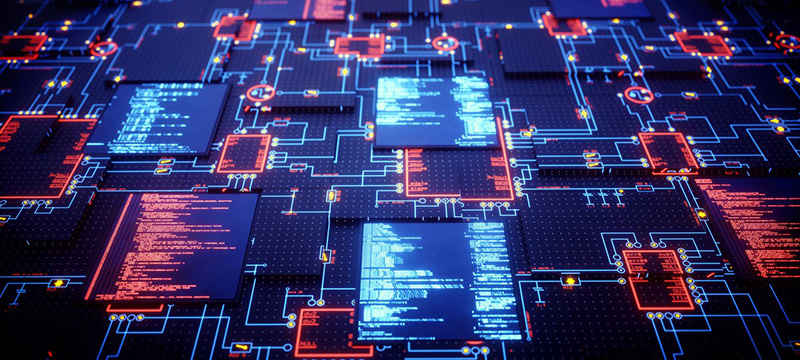Edge computing has emerged as a transformative technology for the Internet of Things (IoT), fundamentally altering how data is processed and managed within IoT ecosystems. By enabling data processing closer to the source, edge computing significantly enhances IoT infrastructure, leading to improved efficiency, reduced latency, and enhanced security. This article delves into the intricacies of edge computing in the IoT domain, exploring its impact and the potential it holds for the future of IoT.
Introduction to Edge Computing in IoT
The Internet of Things, a network of interconnected devices capable of collecting and exchanging data, has seen exponential growth in recent years. IoT devices range from simple sensors to complex industrial machines. Traditionally, IoT devices would send all collected data to centralized cloud-based services for processing and analysis. However, this approach often leads to high latency and increased bandwidth usage, which can be detrimental in scenarios requiring real-time data processing. This is where edge computing comes into play.
Edge computing refers to data processing at or near the source of data generation, rather than relying solely on a central data-processing warehouse. This means that data can be processed by the device itself or by a local computer or server, which is located close to the IoT device.
Enhanced Efficiency and Reduced Latency
One of the primary advantages of edge computing in IoT is the significant reduction in latency. By processing data locally, the need to send all data to a central cloud for processing is eliminated, thereby reducing the time it takes for the data to be processed and the response to be sent back. This is particularly crucial in applications where real-time processing is essential, such as autonomous vehicles, industrial automation, and smart grids.
Moreover, edge computing reduces the bandwidth required for data transmission, which is particularly important given the growing number of IoT devices and the massive volume of data they generate. By processing data locally and only sending relevant or processed data to the cloud, edge computing alleviates the strain on network bandwidth.
Improved Security and Privacy
Another critical aspect of edge computing in IoT is the enhancement of security and privacy. By processing data locally, sensitive information does not have to travel over the network to a centralized cloud, reducing the exposure to potential security breaches during transmission. Local data processing also means that in the event of a network breach, not all data is compromised, as some of it remains on the local device or edge server.
Furthermore, edge computing allows for better compliance with data privacy regulations, as data can be processed and stored locally, adhering to the legal requirements of the region in which the IoT device is located.
Enabling Advanced IoT Applications
Edge computing unlocks the potential for more advanced IoT applications. For instance, in the field of healthcare, wearable devices can monitor patient health data in real-time, processing and analyzing data on the spot to provide immediate feedback or alert healthcare providers in case of an emergency. In industrial settings, edge computing allows for predictive maintenance of machinery, where sensors can process data on the machine’s performance and predict failures before they occur.
Challenges and Considerations
Despite its advantages, implementing edge computing in IoT comes with its own set of challenges. One of the primary concerns is the management and maintenance of edge computing nodes. Unlike centralized cloud servers, edge devices are distributed and may be located in remote or hard-to-reach areas, making management and maintenance more challenging.
Additionally, ensuring the security of edge computing devices is crucial, as these devices could become targets for cyber-attacks. Unlike centralized data centers, which typically have robust security measures in place, edge devices may not have the same level of security, making them vulnerable.
The Future of Edge Computing in IoT
Looking ahead, the future of edge computing in IoT appears promising. With advancements in technology, edge devices are becoming more powerful, capable of handling more complex data processing tasks. This evolution is expected to drive further adoption of edge computing in various sectors.
In conclusion, edge computing represents a paradigm shift in how data is processed within IoT infrastructures. By enabling data processing closer to the source, it addresses the challenges of latency, bandwidth usage, and security. Although there are challenges in implementing edge computing, its benefits are significant, paving the way for more efficient, secure, and advanced IoT applications. As technology continues to evolve, edge computing is set to play an increasingly pivotal role in the IoT landscape, driving innovation and enabling new possibilities.
The post The Impact of Edge Computing on Data Processing and IoT Infrastructures appeared first on IoT Business News.






























